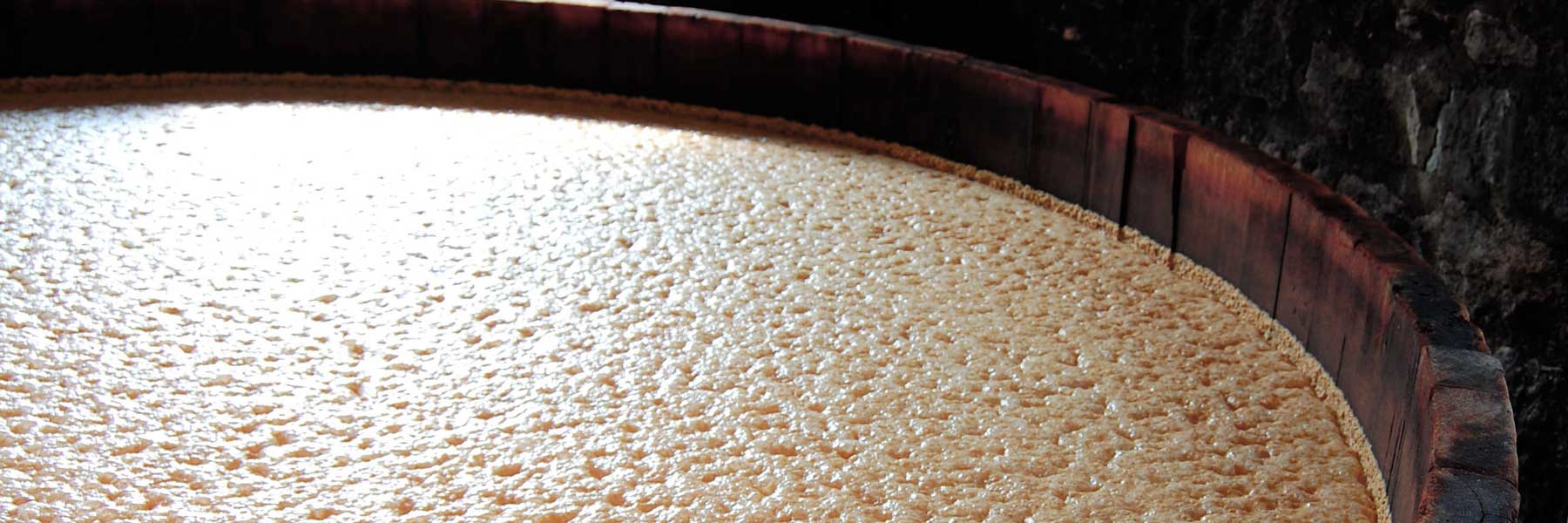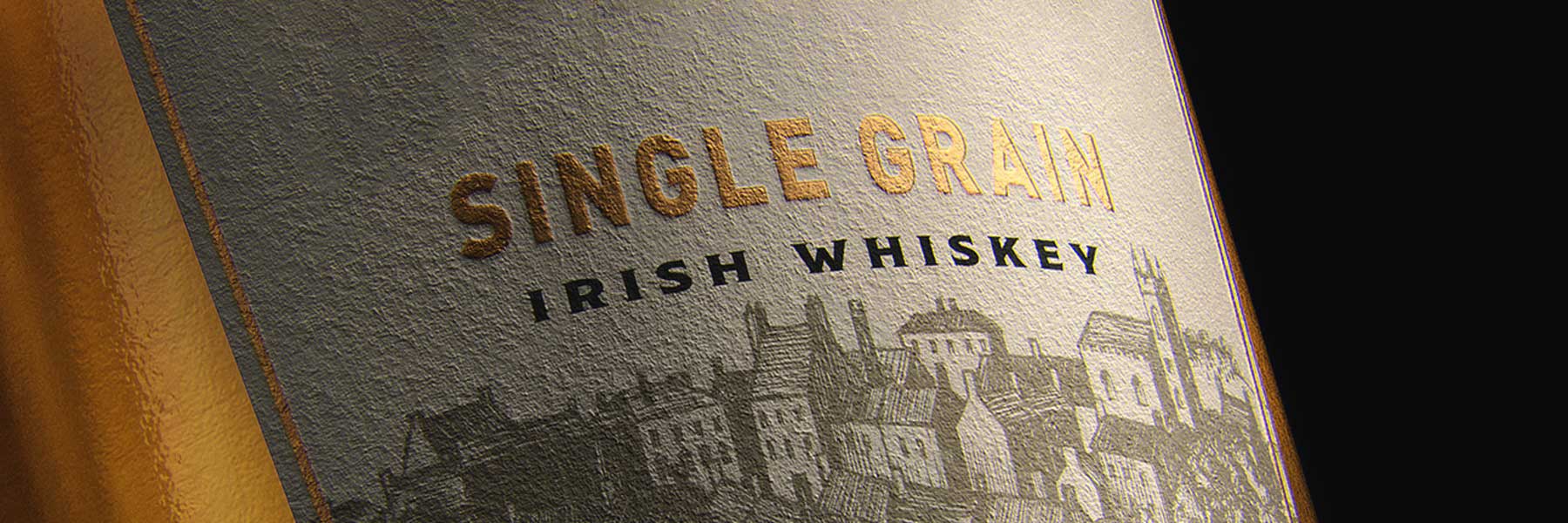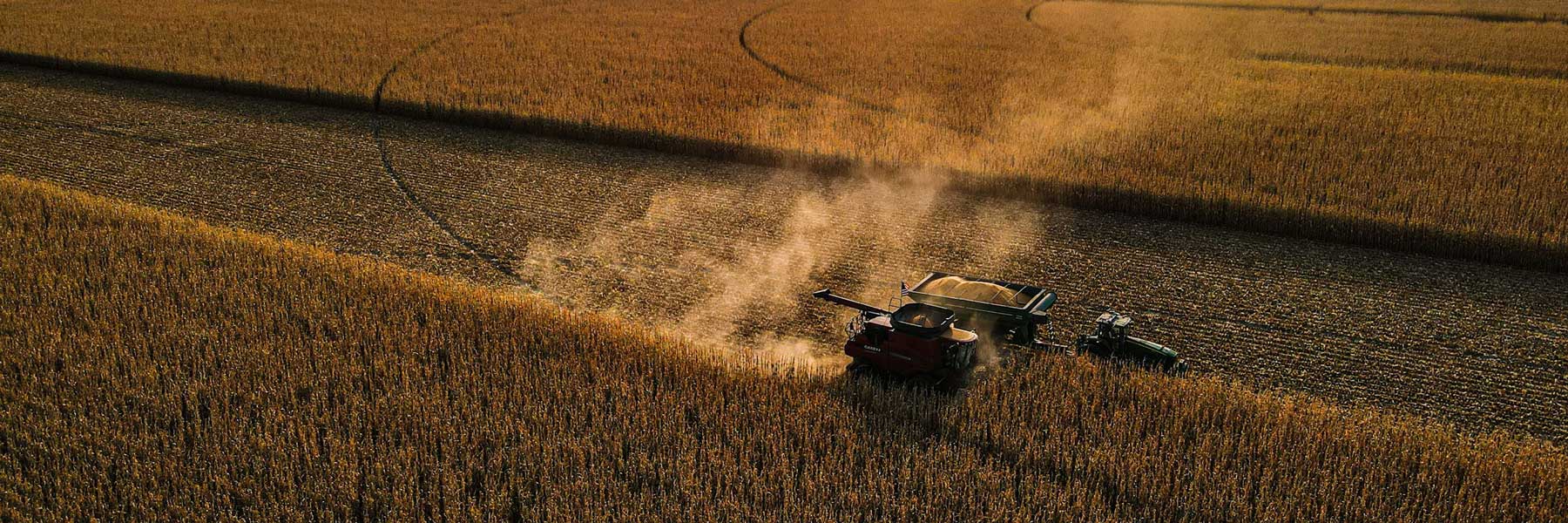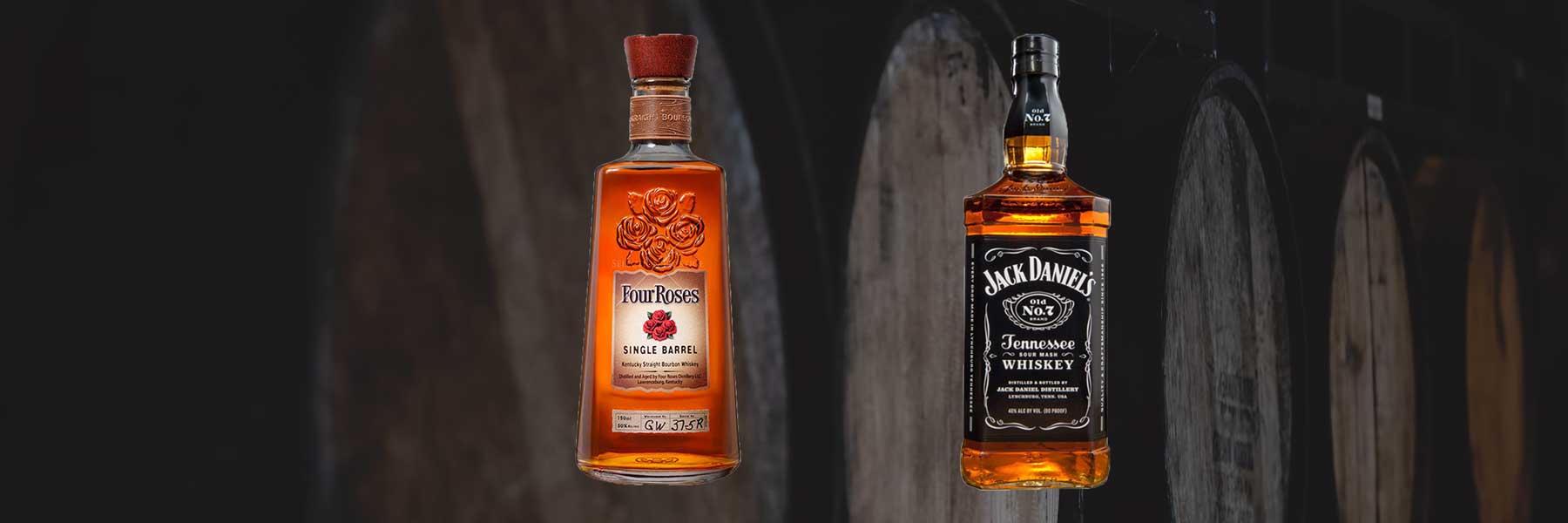What is sour mash? And what’s it doing in my drink?
Weird as it sounds, this strange term has nothing to do with the taste of the drink inside.
Sour mash is an intriguing but often misunderstood fermentation technique used to make spirits such as American whiskey and Jamaican rum. In this article, we explain exactly what sour mash is, how it works and why it’s used.
What is sour mash whiskey?
A method whereby a new sweet mash mixture is fermented with yeast, including a portion of previously used old mash called ‘sour’. Also known as ‘backset’ or ‘stillage’, this old sour mash contains acidic dead yeast which the new yeast feeds on.
The addition of ‘the sour’ acidifies and lowers the new mash’s PH, helping encourage the fermentation process which can last up to a week. This acidity prevents any unwanted bacteria from developing, deterring unwanted flavours in the new mash.
Keeping leftover mash from previous batches allows a distillery to create greater consistency. Incorporating these used grains, they can use it to ‘overlap’ and acidify each new mash mixture.
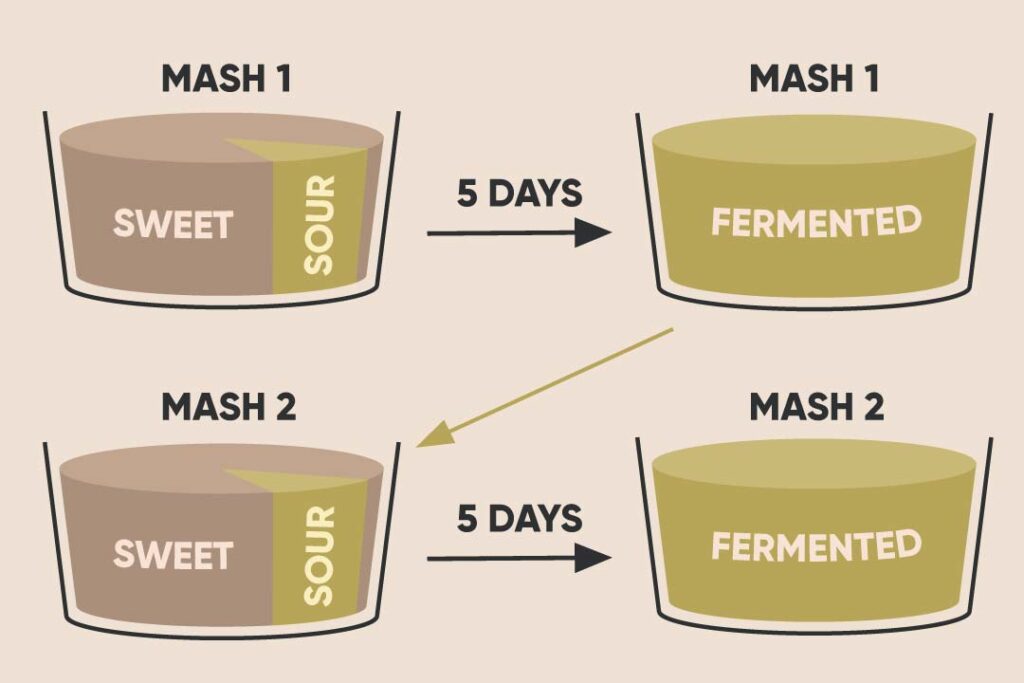
What is the sour mash process?
Sour mash is made using three key components.
- New mash (Cereal grains & water)
- Yeast
- Old used grains (the sour)
Cereal grains contain fermentable sugars which are released by mixing and agitating them with hot water. These sugars are then consumed by the yeast, slowly fermenting them into alcohol over a period ranging between 2 to 7 days.
This fermentation creates a crude beer with an alcohol level of around 8%. Depending on the yeast being used, flavours of fruit and herbs begin to develop. In America, this liquid is commonly known as a distillers beer.
Yeast thrives in acidic environments. Old grains from previous batches are the perfect on-hand way to acidify new mash mixtures which lowers its PH. Convenient and low-cost, this method boosts the fermentation process and simultaneously deters unwanted bacteria from interfering with the beer’s beautiful fruity flavours.
In a typical ratio of 1:4 or 1:3 (1 part old sour mash, 3 parts new sweet mash) distillers combine these with yeast to create an acidified mash mixture. This is how sour mash is made.
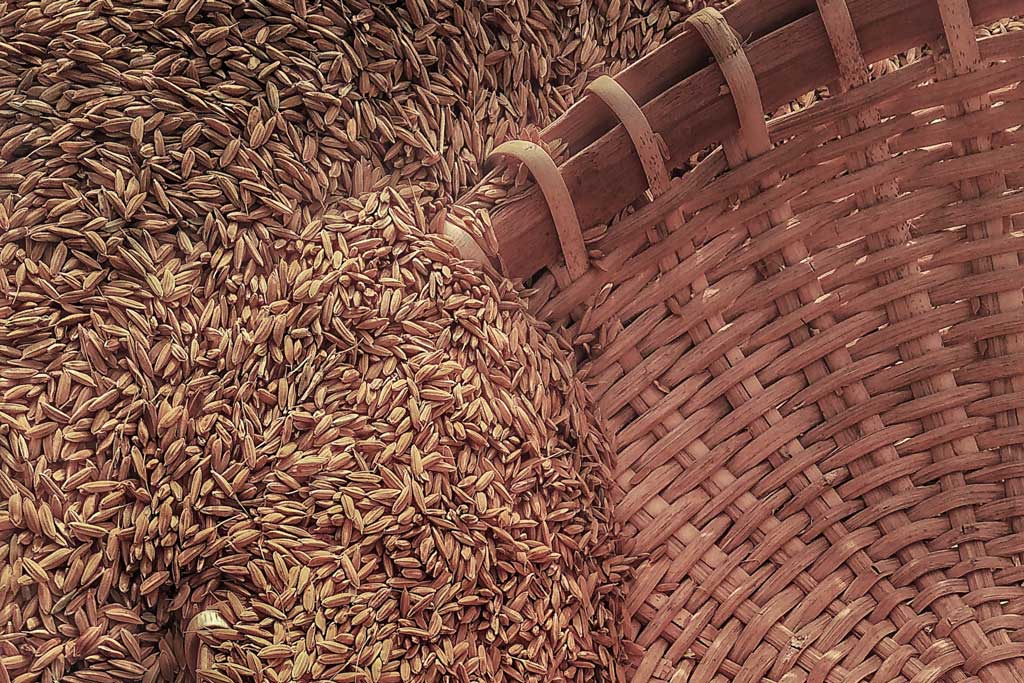
What grains are used in a sour mash?
Typical mash bills may include cereal grains such as corn, rye and malted barley. These make the new ‘sweet mash’ which is then combined with yeast and old sour grains to acidify and ferment the mixture, thus making it a ‘sour mash’.
American whiskeys (including bourbon) can be made with a variety of cereal grains including corn, rye, wheat, millet, oats or malted barley. Three grains are usually used in predetermined ratios to create a particular flavour profile.
For example, a high rye whiskey may have a mash bill of 60% corn / 35% rye / 5% malted barley. This higher percentage of rye within the mash bill gives flavours of spice, one of the characteristics of certain bourbons such as Four Roses.
What do you do with sour mash?
Newly mixed sour mash ferments inside large cylindrical tanks for 2-7 days where yeast converts the grain’s natural sugars into alcohol, eventually becoming alcoholic beer. Containing liquid and grain solids, the beer is then transferred to a beer still. This heats the beer so that the alcohol evaporates as vapour which is collected and condensed into liquid spirit, ranging between 30% – 70% ABV (depending on the still being used).
This is how a sugary porridge becomes beer. Using multiple distillations, the alcohol is extracted by heating the beer and collecting the vapours. This produces a clear, high-alcohol liquid known as new make spirit.
How long does sour mash take to ferment?
Fermentation times can vary, based on the distillery’s desired flavour profile for their whiskey. This period also depends on variables such as the amount of yeast used, temperature and the water-to-grain ratio. Ultimately, the duration of fermentation affects the taste of the resultant beer and final whiskey.
Short fermentation is 50 hours or less. At this duration, alcohol has been produced by the yeast and creates a very malty, cereal-tasting beer which isn’t particularly complex in flavour.
Average fermentation usually lasts between 55 to 75 hours. This creates a similar alcohol level but develops much more complex flavours in the beer. Past 60 hours, yeast activity halters which yields fruitier notes in the beer.
Long fermentation is considered anything beyond 80 to even 168 hours long. Distilleries may wish to create a very sour beer which can be offset or accentuated with their distillation methods. For example, Woodford reserve employs a whopping 144-hour fermentation for their Kentucky straight bourbon with reportedly 200 detectable flavours in their core expression whiskey.
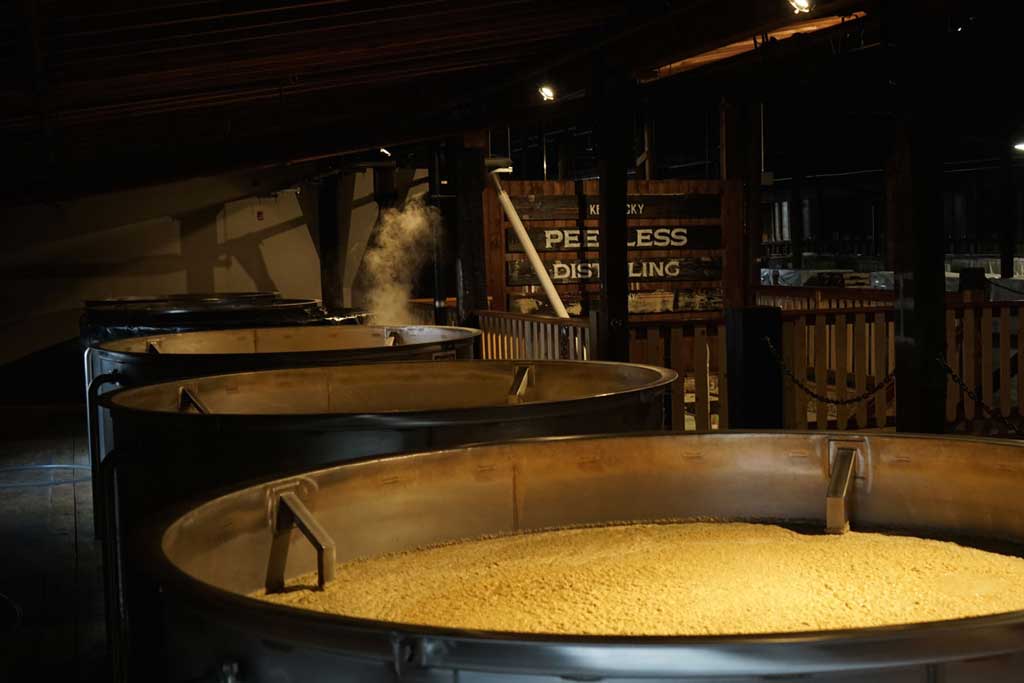
Do all whiskeys use sour mash?
Most, if not all major American whiskeys are made using the sour mash method. This isn’t always stated on the bottle, however it’s nearly guaranteed that this process will have been used. Sour mashing allows distilleries much greater consistency in their mash batches as they can avoid spoilage from bacterial growth.
However, not every distillery uses this method. For example, Kentucky Peerless Distilling and Castle & Key Distillery are two bourbon brands that’ve both opted for the ‘sweet mash’ method. Instead of adding old stillage, they simply ferment their mash with yeast, keeping a close eye on their ferments to monitor any unwanted bacterial growth.
In Scotland and Ireland, the sour mash method isn’t used.
Is sour mash the same as whiskey?
Sour mash refers to the way in which a whiskey was made. If you see this term on a bottle or label, this means the sour mash method was used to during the fermentation stage whilst making the beer (the wash).
What bourbons use sour mash?
Most, if not all, bourbons are made using the sour mash method. As much as 95% of all American bourbon is made in Kentucky, which is predominantly made using the sour mash technique; including famous brands such as Jim Beam, Four Roses, Buffalo Trace, Michter’s, Eagle Rare etc.
Additionally, many Tennessee whiskeys also use this method to ferment their ‘beer’ during production to create consistency between batches of mash. Most famously, Jack Daniel’s state this term on their Old No.7 whiskey label.
Despite it’s prevalence in bourbon production, very few brands state ‘sour mash’ on their labels and packaging. This is entirely preferential to the brand’s values and marketing tradition.
What is the difference between sweet mash and sour mash?
Sweet mash is the absence of sour mash. Due to the sheer prevalence of the sour mash method, whiskeys made without it are deemed ‘sweet mash’. This is when a mash bill is only mixed with water and yeast and left to ferment.
Pros: Sweet mash mixtures produce a cleaner, sweeter beer from the fermentation process. With less acidity, it lets the grain’s natural malty flavours come through in the final spirit, similar to the fermentation style of Scottish and Irish distilleries.
Cons: Sweet mash is more difficult to produce consistently as it’s more susceptible to bacterial contamination. Because sweet mash is less acidic (closer to neutral on the PH scale) this may enable unwanted bacteria to develop in the mash. Subsequently, sweet mash is more intensive to consistently produce as it requires close monitoring and thorough sanitisation of utensils between batches.
Who invented sour mash?
The invention of sour mash is credited to Dr. James C. Crow, a Scottish chemist born in 1775, who pioneered the process in the early 19th century at the Woodford Reserve distillery in Kentucky, America. It’s believed that he developed and fine-tuned the sour mash method, employing a methodical and scientific approach to whiskey production, giving it much greater consistency and improved quality.
Conclusion
As you now know, sour mash is an essential and incredibly common method of the American whiskey-making process which has been used for over two centuries. Strange as it may sound, it’s an old but effective method that deters unwanted bacteria and creates much greater consistency between mash batches. When done correctly, proper fermentation and yeast propagation produce some truly unique flavours in the beer that makes your whiskey.
What started as an invention by Dr. James C. Crow has now become a cornerstone production method for American whiskeys, with most major distilleries using this technique in their process.
Next time you’re observing a bottle, check to see if there’s any mention of this time-tested process. Now you’ll know exactly what it means!


